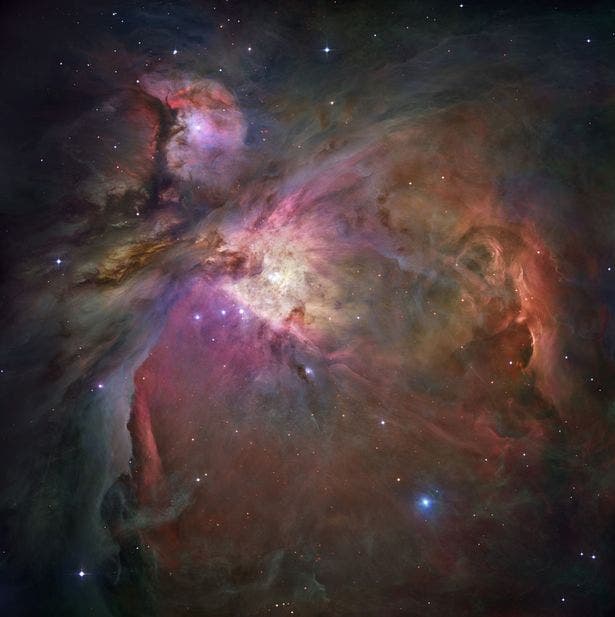Astronomers using the Hubble telescope have identified a warm Neptune-sized planet that is “bleeding” a huge hydrogen cloud – thus increasing the odds of finding liquid oceans on gas giants.

This phenomenon has been observed before, but at a much smaller scale – it’s the first time it’s been studied at such an amplitude. The cloud of hydrogen has been dubbed as “The Behemoth” bleeding; it’s evaporating from the planet due to extreme radiation, but even with this immense emission, the planet itself is not threatened.
“This cloud is very spectacular, though the evaporation rate does not threaten the planet right now,” said the study’s leader, David Ehrenreich from the Observatory of the University of Geneva in Switzerland. “But we know that in the past, the star, which is a faint red dwarf, was more active. This means that the planet evaporated faster during its first billion years of existence. Overall, we estimate that it may have lost up to 10 per cent of its atmosphere,” said Ehrenreich.
With a mass approximately 23 times that of our Earth located 33 light years away, the exoplanet GJ436b is extremely close to its star and revolves around it in less than three days. Due to its proximity to the star, it’s also very hot. Some scientists believe that Earth too may have once had a hydrogen atmosphere that was slowly burned away. If so, Earth may previously have sported a comet-like tail, but this is only a supposition at this point.
Astronomers were able to study this planet because the hydrogen absorbs the ultraviolet light of the parent star and reflects it back to Hubble – in other words, you can identify hydrogen even from light years away.






